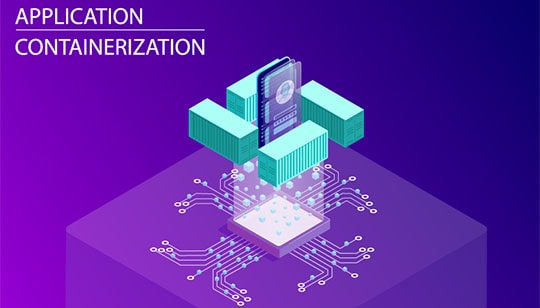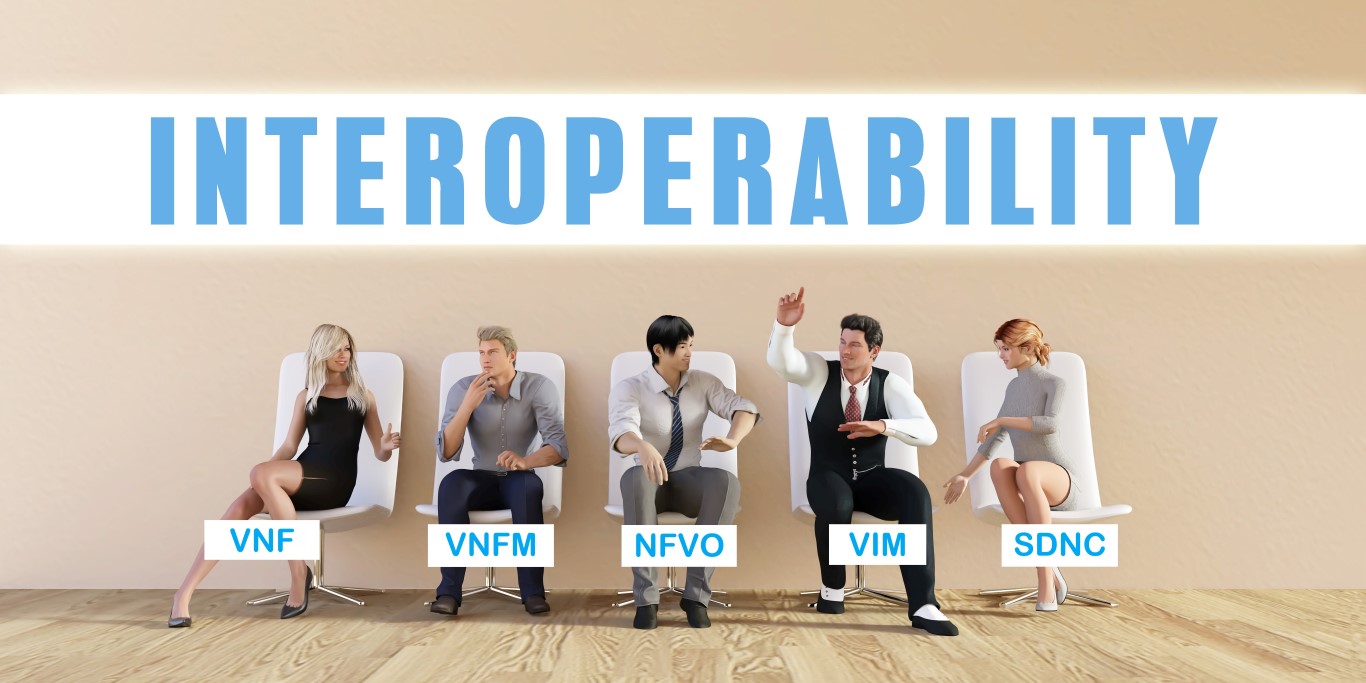ISG THz meets twice in Germany following the trace of “Henry the Lion”
2023-12-08 Posted by Thomas Kuerner, THz Chair 5531 HitsThe ISG THz third and fourth face to face meetings were held in Germany. After meeting in Braunschweig, the residence of “Henry the Lion”, a medieval Duke of Saxony and Bavaria, the second meeting was held in Munich, which was found by him.
Between the 27th to the 29th of September 2023 the meeting took place at Technische Universität Braunschweig – the oldest University of Technology in Germany. The meeting which was hosted by the Institute of Communications Technology and attended by 36 participants representing academia, and industry both in person (10) and online (26).

Impressions of Braunschweig Burgplatz
(Source: Braunschweig Stadtmarketing GmbH / Steffen und Bach GmbH)
Thomas Kürner, Meeting host and ETSI ISG THz Chair, started the meeting by introducing Braunschweig, TU Braunschweig and the institute to the attendees. This introduction provided some information about a selection Braunschweig’s historic persons including Carl-Friedrich Gauß, who was a student at TU Braunschweig.

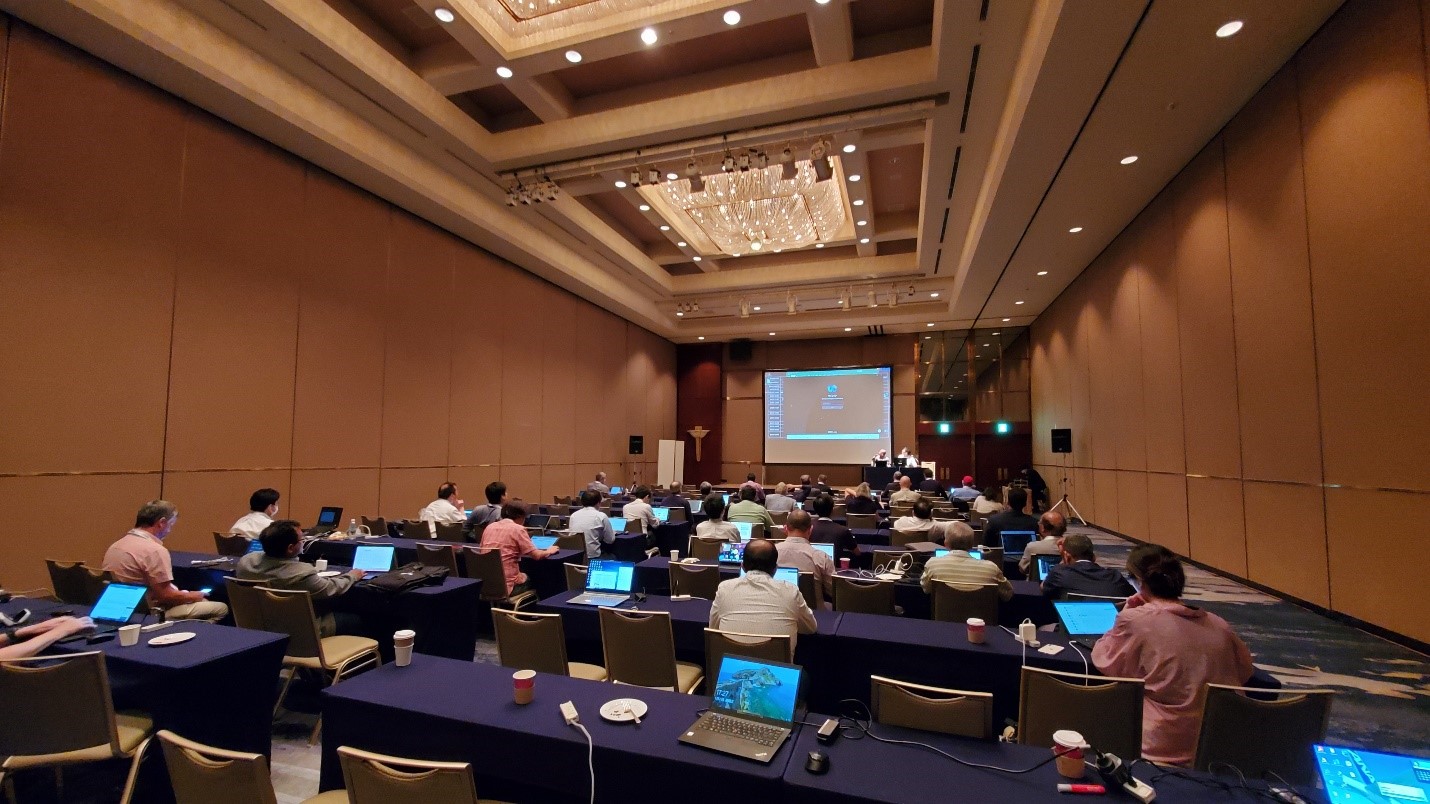

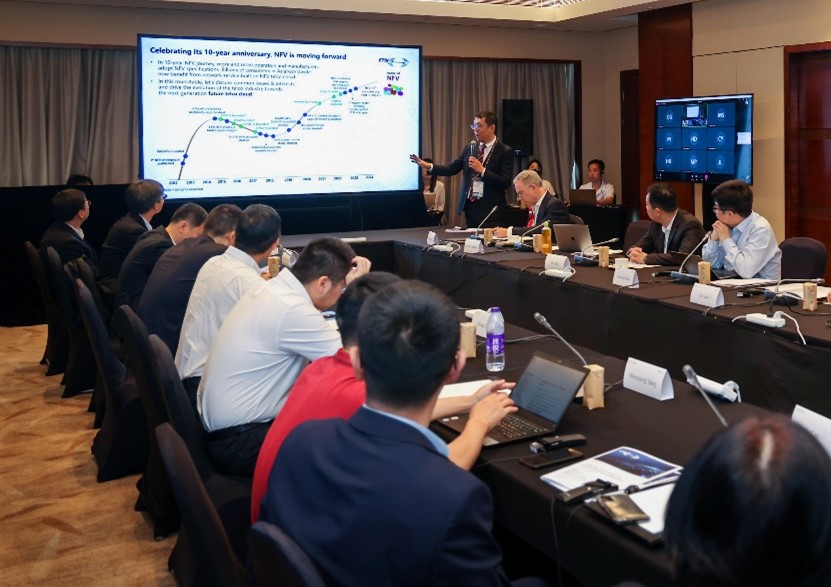
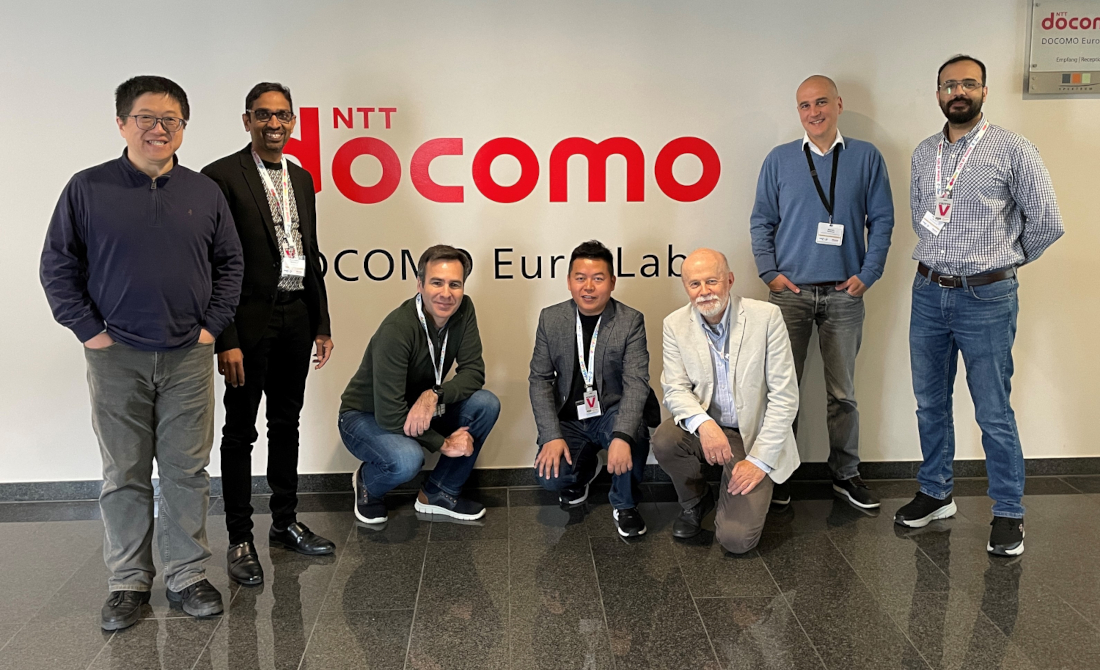
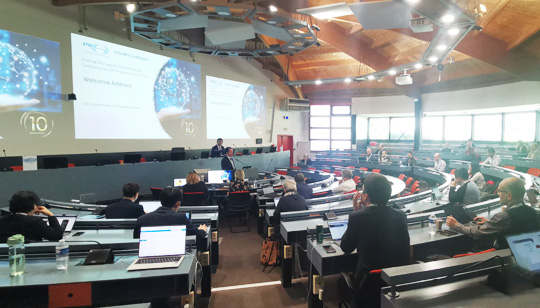 The NFV#41 opening plenary was held at the very beginning of the week. ETSI ISG NFV chair Yoshihiro Nakajima started by highlighting the achievements from the NFV#40 - ETSI ISG NFV continues to deliver with very good pace. As well, he took advantage to briefly announce the 10th anniversary event -a good opportunity to not only celebrate the accomplishments that NFV has made in the past 10 years, but also to look forward to the future.
The NFV#41 opening plenary was held at the very beginning of the week. ETSI ISG NFV chair Yoshihiro Nakajima started by highlighting the achievements from the NFV#40 - ETSI ISG NFV continues to deliver with very good pace. As well, he took advantage to briefly announce the 10th anniversary event -a good opportunity to not only celebrate the accomplishments that NFV has made in the past 10 years, but also to look forward to the future.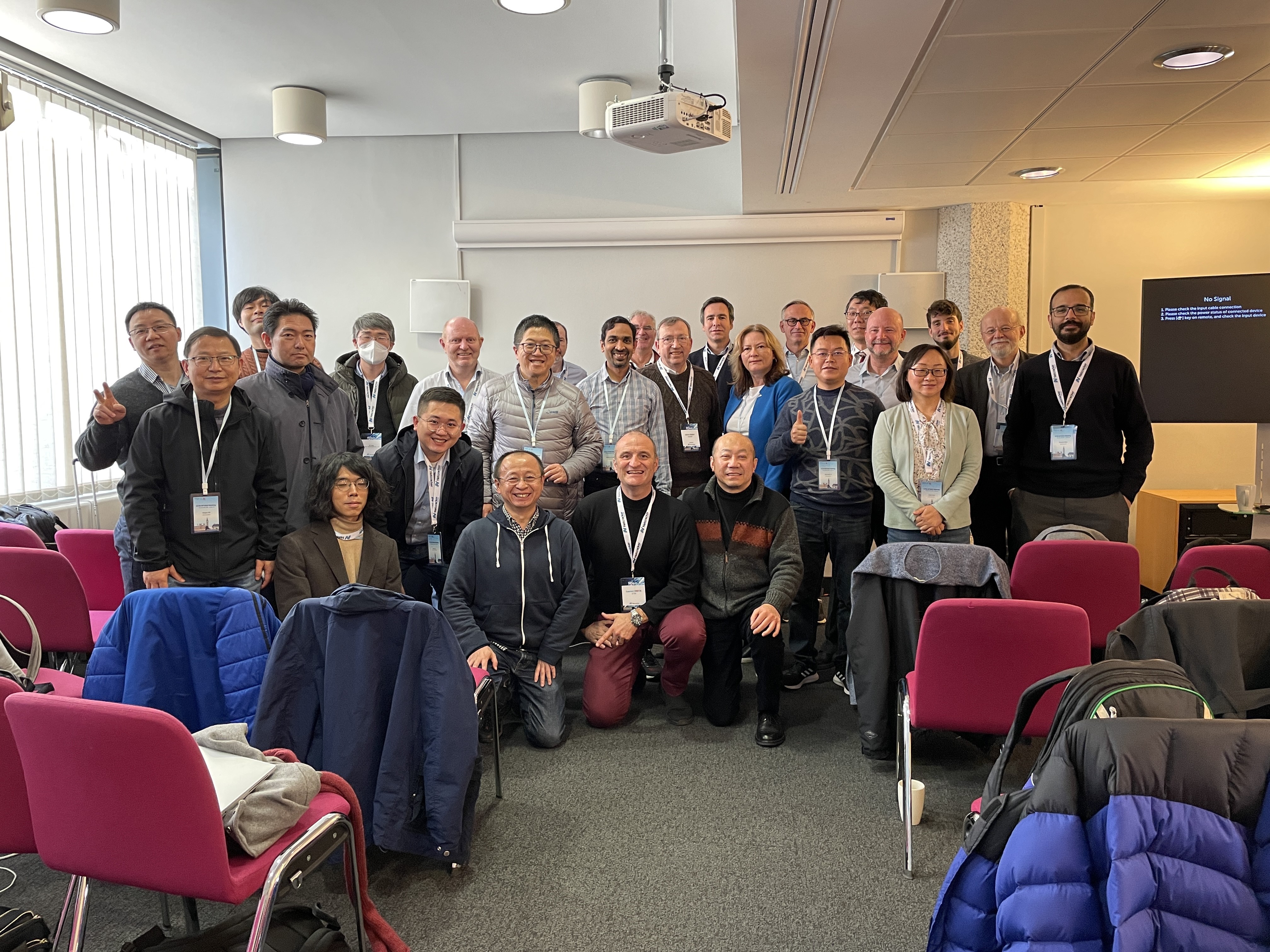

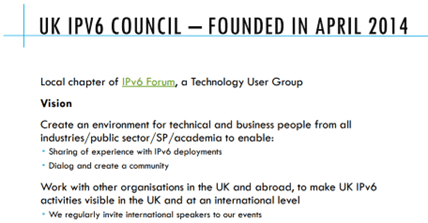

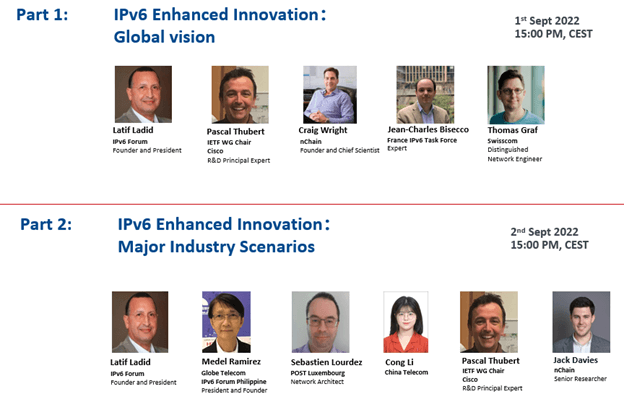
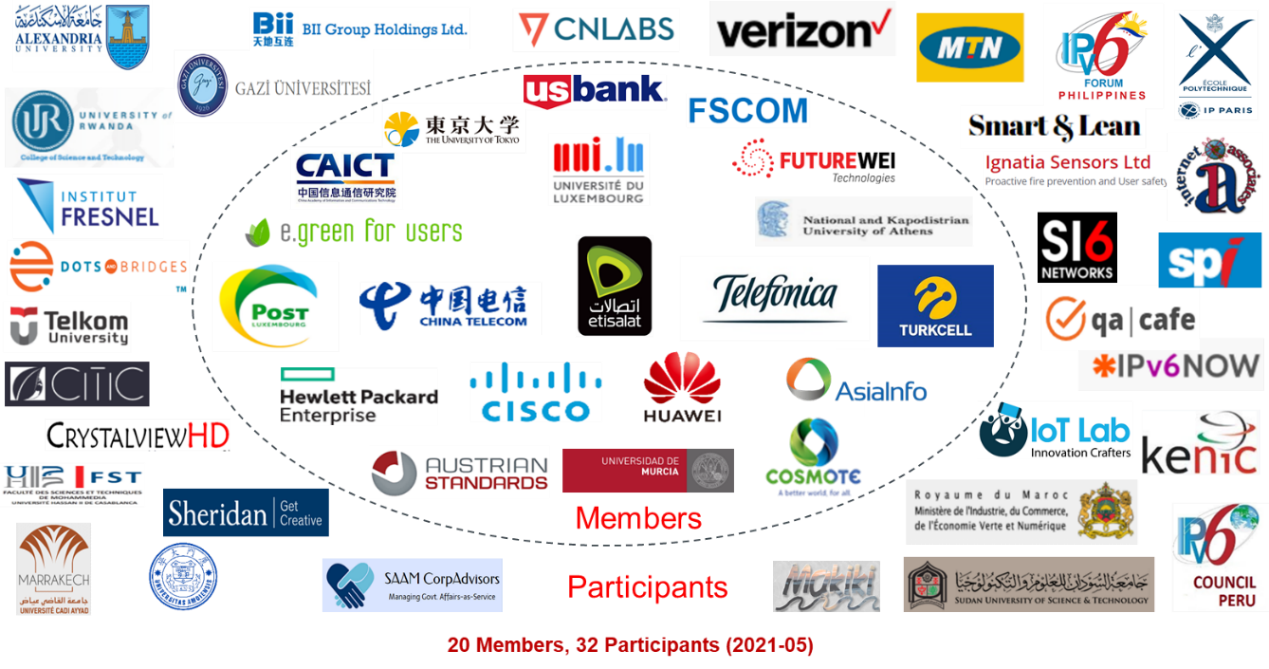

 Undaunted by this situation, the technical experts at the ETSI ISG NFV continued to work tirelessly developing and delivering specifications that help get and keep “everyone/everything connected”. And the hard work paid off as ETSI ISG NFV delivered during the second half of 2020 new and updated "protocols and data model" (stage 3) specifications incorporating NFV Release 3 features.
Undaunted by this situation, the technical experts at the ETSI ISG NFV continued to work tirelessly developing and delivering specifications that help get and keep “everyone/everything connected”. And the hard work paid off as ETSI ISG NFV delivered during the second half of 2020 new and updated "protocols and data model" (stage 3) specifications incorporating NFV Release 3 features.